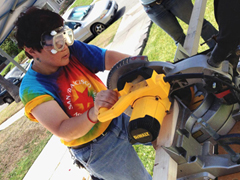Samet named Distinguished Professor
USC names Jonathan Samet USC President C. L. Max Nikias has named Jonathan Samet, MD, MS, the Flora L. Thornton Distinguished Chair of Preventive Medicine and chair and professor of preventive medicine at the Keck School of Medicine of USC, … Read More »



